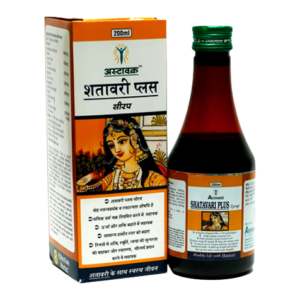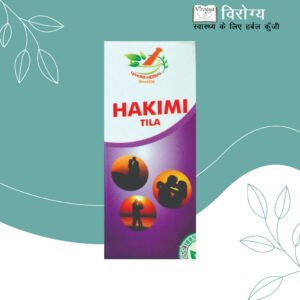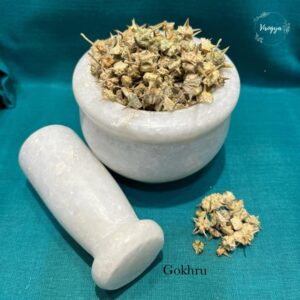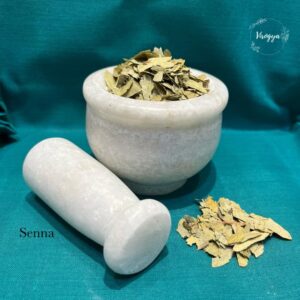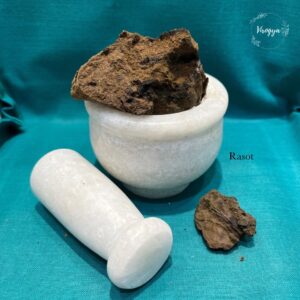Description
Suhaga, also known as Borax (Sodium Tetraborate, Na₂B₄O₇·10H₂O), is a naturally occurring mineral with extensive applications in Ayurveda, industry, and household use. It appears as a white crystalline substance that dissolves in water and has alkaline properties. In Ayurveda, Suhaga is recognized for its therapeutic benefits, particularly in respiratory health, digestion, and skin care. Additionally, it serves as a natural disinfectant, a cleaning agent, and an important component in glass and ceramic manufacturing. Due to its diverse benefits, Suhaga has been used for centuries in various fields, making it a valuable substance in traditional and modern applications.
Side Effects & Precautions
Excess consumption may cause nausea, vomiting, diarrhea, kidney damage, or toxicity.
Not for pregnant women and small children unless prescribed by a doctor.
Skin contact in raw form may cause irritation or allergies.
Preparation
- Raw Suhaga contains impurities, so it is purified before medicinal use.
- Shodhan Process: Heating transforms Suhaga into a fluffy white powder called Tankan Bhasma, which is easier to digest and more effective.
Conclusion
Suhaga is a versatile and valuable compound that plays a crucial role in medicine, industry, and household applications. Its medicinal properties, especially in Ayurveda, make it beneficial for treating respiratory issues, skin disorders, and digestive problems. In addition, its industrial and cleaning applications highlight its importance in daily life. However, while Suhaga offers numerous benefits, excessive use can lead to health risks, emphasizing the need for proper usage under guidance. Whether used for health, cleaning, or manufacturing, Suhaga remains an essential natural mineral with significant historical and modern relevance.






